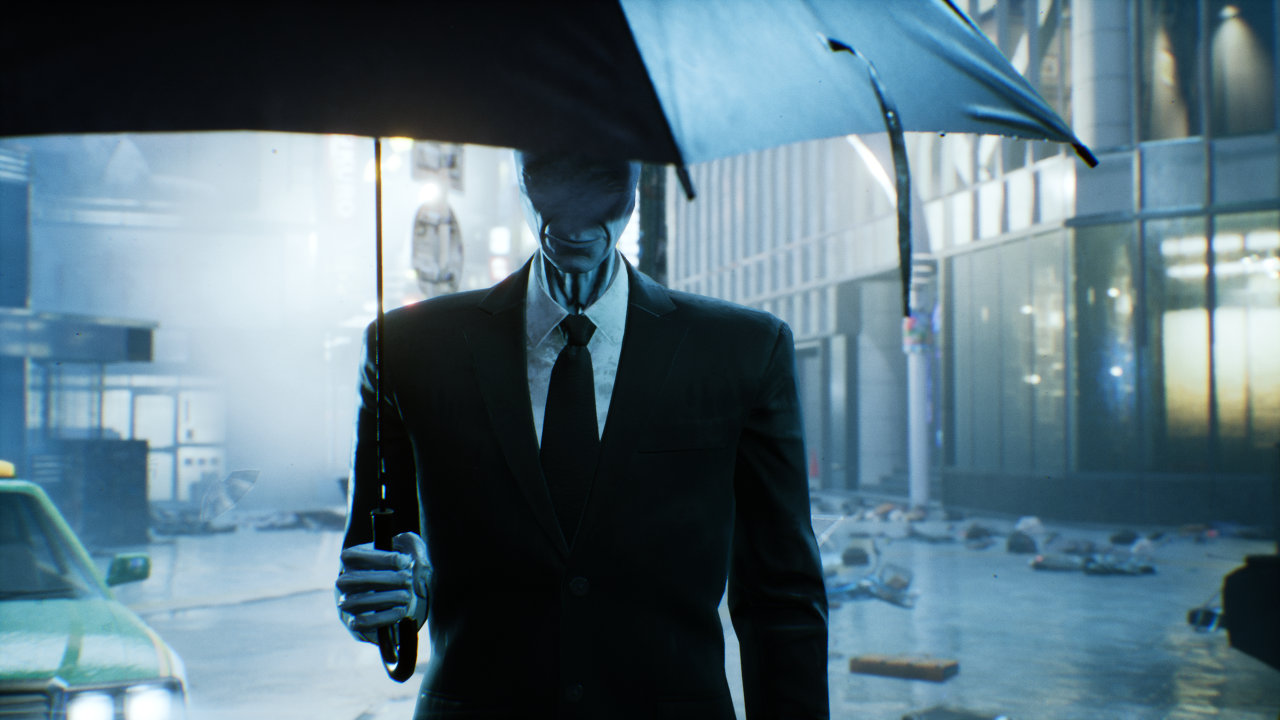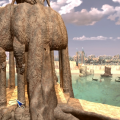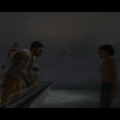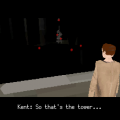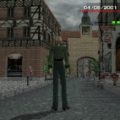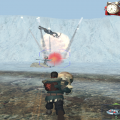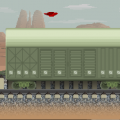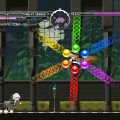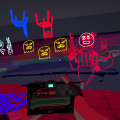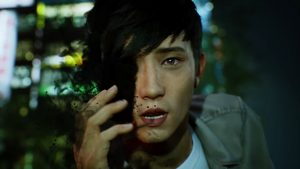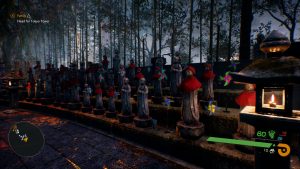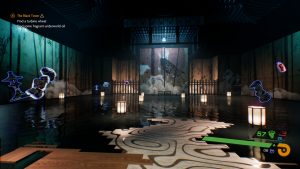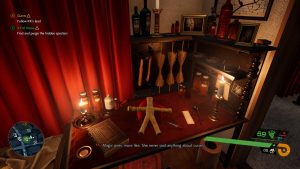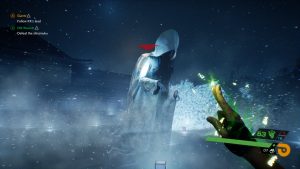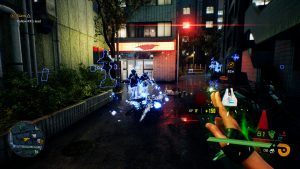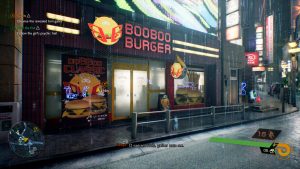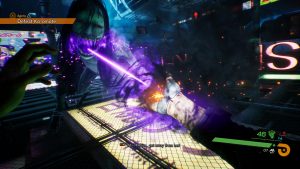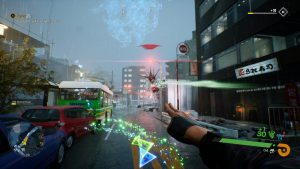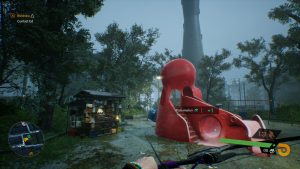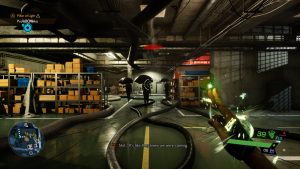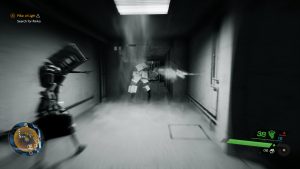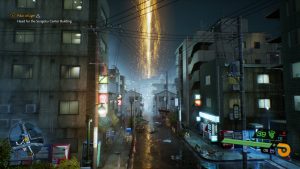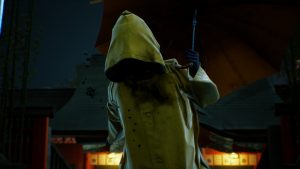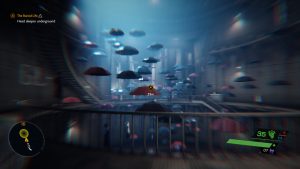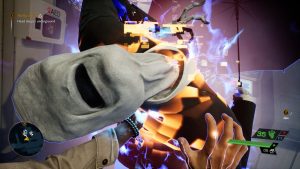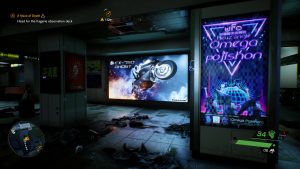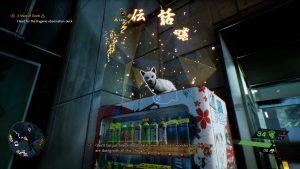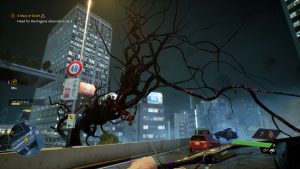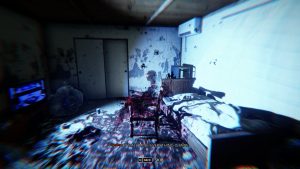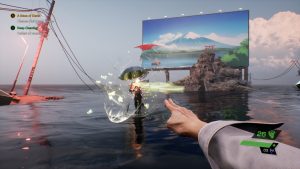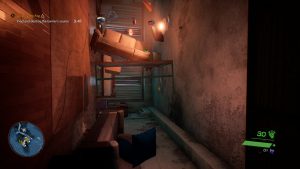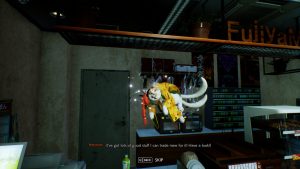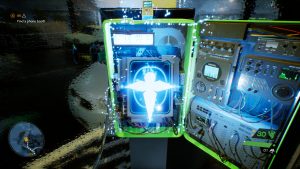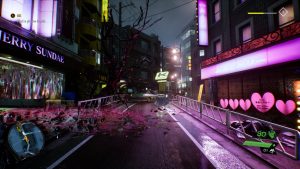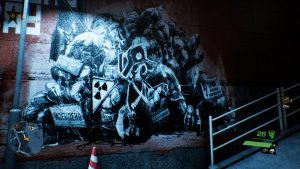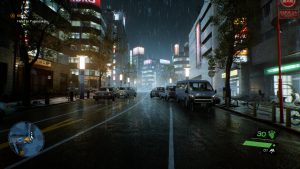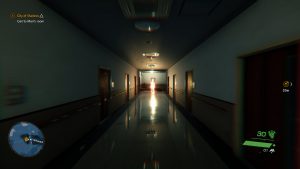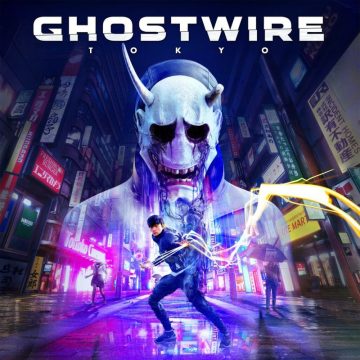
Shinji Mikami’s Tango Gameworks studio has been an oddity so far. After Mikami’s directed game, The Evil Within, failed to impress, its sequel where he stayed in a background role completely turned everything around. The Evil Within 2 was a surprise hit that knew how to use old design styles and modern sensibilities alongside a wildly creative art team to make one of the most impressive horror games in the past decade. Then, the studio moved onto a mysterious project known as Ghostwire: Tokyo, and that game came out five years after their last game.
That is an uncommon gap for games of this size from large studios. This seems to be partly because of creative director Ikumi Nakamura stepping down mid-way through development due to declining health from stress dealing with the game’s publisher. Whatever the whole story, Ghostwire has become a strange oddity that has been unable to break out of its confused marketing and initial reception, unlike Arkane’s Deathloop. That’s a shame, because it’s an interesting curio, a mixture of the old way of making action games with the norms of open worlds, with a dash of survival horror elements for texture.
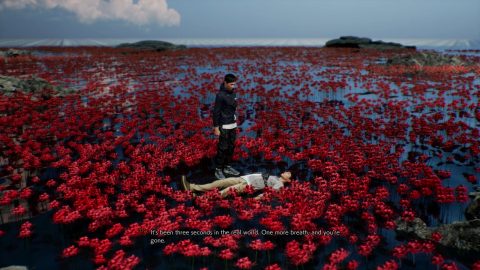
The game proper starts with a panicked spirit in Tokyo needing a body. As luck would have it, the spirit finds a teenage boy who was just in a bad car accident. The spirit hops into his body, only to find he was only almost dead, and the boy named Akito is shocked to find black smoke leaving his eye. The spirit is named KK, an exorcist investigator trying to stop a madman in a Hannya mask from using the souls of a sealed off Shibuya to break down the barrier between the worlds of the living and dead. Akito ends up having to work with KK to stop this and save his comatose sister, who’s been taken by the mystery villain for unknown purposes. The two have to go through a Shibuya only populated by spirits of negative emotions, yokai, and cats and dogs that yes, you can pet.
Ghostwire‘s only narrative trip ups are a shared common flaw most all open world games still struggle with – pacing. Its main plot tends to get pushed to the side for the high amount of side content, while the writing doesn’t take this into account. So, time can be of the essence yet Akito and KK are busy will be busy in a side mission trying to help a little ghost girl who’s being haunted by the ghost of a jealous pianist.
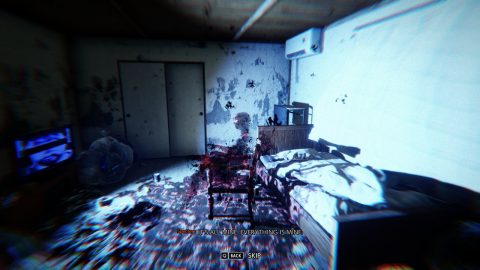
That’s the only significant flaw, mind. Otherwise, it’s a tightly written and satisfying coming of age action story with a possession buddy cop flavor. Both Akito and KK are rough around the edges. Akito isn’t used to fighting monsters and is also dealing with serious emotional trauma poorly. KK, on the other end, is so focused on the mission that it makes him cruel and prickly, closed off from other people and quite cynical. The end result is a satisfying arc for both learning to work together and appreciate each other, told well via bits of dialog during play changing in tone as the two converse. Hannya makes for a great, simple villain for the two to chase after, and the ending has an unexpectedly strong emotional gut punch. The game doesn’t just dabble with ghosts and spirits, but ends up having some thematic meat exploring grief and death with a strong conclusion.
The side missions are a bit more of a mixed bag, but remain charming the whole way. They sometimes offer fun combat challenges, but more often than not focus on little set-pieces that make you feel like a paranormal investigator. Some highlights include exploring the apartment of an online influencer into the paranormal without really understanding it, an office with a boss who kept making bad calls, and an additional series of side missions that explore the pasts of some of KK’s friends. Several take place in structured building crawls or house investigations, making for good places for mind bending set-pieces, like rooms shifted around or otherworldly corruption seeping in, some of the game’s biggest highlights.
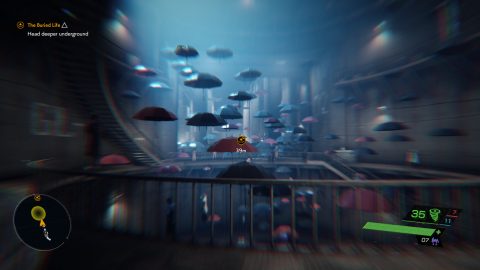
You’re exploring a Shibuya in the middle of a mass spirit invasion event, fighting beings called Visitors, the manifestations of negative human emotion. To do so, you control the game like an FPS (one of the combat designers bringing experience from DOOM 2016 with them), but you use a type of magic called “weaving” instead of fire arms. Wind type acts as your pistol, a rapid fire but weak shot with a charge shot with homing air shots. Fire is your railgun slash grenade launcher, sending out a powerful fireball or a lob that explodes out on impact. Lastly, water is a sort of shotgun slash melee mix, a mid-range power made to hit in a wide arc.
Alongside with weaving, you also have a bow and arrow that does huge damage with headshots at the cost of being awkward to use, and a set of talismans that offer help like AOE parallelization, making a distracting noise, and so forth. It’s a solid arsenal for problem solving and combat alike, though notably more limited then you were probably expecting. This is entirely by design, mind you.
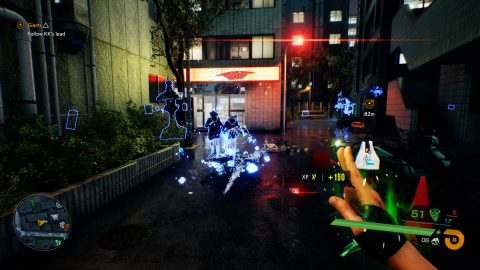
Ghostwire has a unique flow to it, where your movement is a bit stiff for fights to make you pay closer attention to the animations and actions of your enemy. Early game fights especially feel like a horrific struggle, making Akito’s slow growth over the game satisfying, and reflected in his more relaxed dialog later once he’s used to the monsters. Even then, though, you need to be paying attention to survive, especially as the enemy types start to diversify and real bruisers that take a ton of damage start working their way into mobs.
To make this style of play work, the game gives you a block with an additional perfect block function that can save you from all damage and also leave an enemy wide open for a counter. Your attack animations also require a bit of commitment, so you can’t spam one attack over and over and expect to survive. This goes especially for the AOE moves requiring a significant amount of charge time. What all this means is that unlike most FPS games, an enemy can easily punish you for an action, and vice versa. It’s less DOOM and more Yakuza, in a sense, with the resource management angle of a survival horror game used as a way to balance things further.
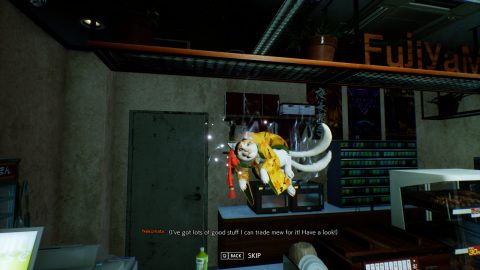
Your bow has a very low ammo pool early on, maxing at twenty arrows, making landing headshots a necessary skill. It’s also tricky, because your arrow has an arc and does not fire straight like a bullet. Talismans are expensive and have an even lower pool then arrows, making you reconsider when to whip one out for a bad situation. Your weaving also has further limitations, the wind bullets being your main offense because you get so few fire and water shots. There are corrupted objects you can destroy to regain some weaving ammo, called ether, but fire ammo remains quite rare outside explosive objects.
Ammo remains a constant stresser, even once you’ve started collecting a lot of skill points and cash. Even healing with food has complications due to how long it takes to eat, and the highest healing food and drink come from special stands on the map. Nothing comes free, requiring money, time, or a commitment, and that may cost you in the long run if you aren’t careful.
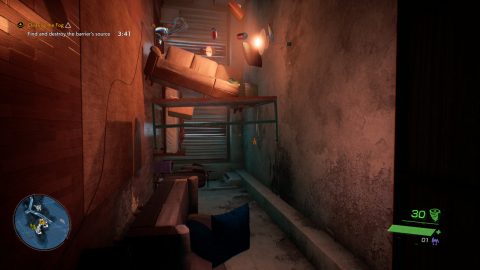
One way to deal with the low ammo pool during combat is to get ammo back from enemies, but with risk. You can get ether from downed enemies by ripping out their cores. After taking enough damage (progress shown with a further exposed core under the Visitor’s form), you can remove their cores while they’re stuck in a stunned state with a long animation from nearly any distance, but you can be attacked in this animation, making it a risk and reward situation. Failing also means the enemy returns to their default status, and will most likely die after more damage instead of giving another shot at their core. It’s important to figure out when to strike, as no ammo means you have to rely on a very weak and short range melee attack.
Skill points, earned from KK investigation notes and leveling, do as you would expect, mainly making your skills better and resource pools bigger. They can also unlock new moves, including new core grabbing moves, traversal options, and so forth. It’s basic, but well considered, a high level Akito being able to take advantage of opportunities more efficiently than a low level one. Actually doing more damage will require equipping beads, though, unlocked from clearing gates on the map and finding bead pick ups, alongside a few special points and fulfilling requests for neko collectors.
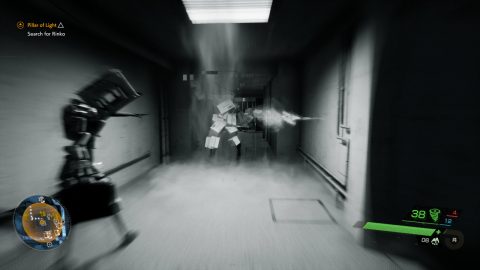
The game’s real meat is exploring Shibuya for collectibles and side content, and there is a surprising amount to find. A skill you have that highlights everything in a radius (ala detective vision) definitely helps, but there’s still a lot tucked away in odd places. You want to find those things too, as they can unlock useful buffs and improvements. Finding tanukis hidden as objects on the map will slowly unlock special passive buffs, finding requested items for neko collectors can bring you the majority of the KK notes for skill points, lost spirits for experience, and so forth. Special mention must be made to yokai, which act like unique challenges to get their magatamas, which unlock certain skills on the skill chart.
Actually exploring Shibuya is a treat in and of itself, even with a few copy and pasted assists. There are some downright beautiful locales to find, which might explain why so many rewards are outfit pieces and emotes for the photo mode. With a simple grapple on tengus (they don’t mind too much) and a fun glide, the whole area is yours to explore, with fun details scattered all over. There’s even shop running nekos taking over convenience stores who take meika (spirit currency) for food and other resources, stray dogs that will show you buried treasure for treats, ammo increasing statues, landmarks to locate, special battles revolving around soul capture cubes and ghost parades, and so much more. It is a lot, packed in a fairly dense map, all with a striking look to it of modern flash, urban decay, and supernatural rot. The added visual touch of computer code and digital glitching is also inspired and can definitely be read into in interesting ways.
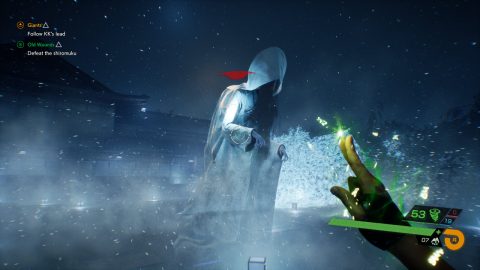
Nothing Ghostwire does is particularly new or fresh, but how it does those things always feels a bit off in comparison, in a good way. You have to get used to its unique flow, its unorthodox combat, and it’s sort of half open world, half RPG dungeon exploration set-up. Once that clicks, it’s difficult to put the game down, helped by how much there is to find and do. Getting 100% is even perfectly doable, but that is where the story pacing issues hit the hardest, due to a few final collectibles requiring a move you may not have skill points for until the final explorable area.
It’s a sort of cult game you’d see in the PS2 era from a company like Capcom or Konami. It has a familiar foundation to its contemporaries, but plays and messes with the formulas present to try something that feels a bit fresh. It’s not Resident Evil 4, but it may be closer to a God Hand or a Zone of the Enders in this respect, though the higher budget means there’s less tinkering. It feels like the sort of thing that may not land with critics initially, but get reappraised a lot more as a base grows around it. It’s is a genuine delight, with some great set-pieces and difficulty spikes, especially if you play on hard. It deserves whatever success it can find, and stands as a testament for Tango’s talented staff of professionals willing to try doing thing like no one else.
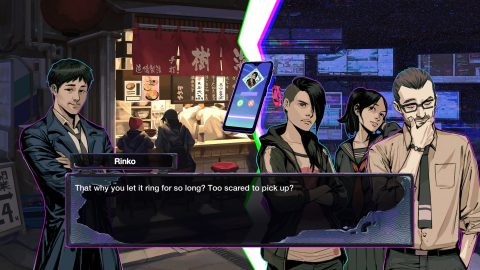
Ghostwire: Tokyo – Prelude (PC, PS4, PS5)
A free visual novel was also released, set before the events of the main game and exploring KK and his team. If you wanted to know more about that squad, this would be where you would do it. It isn’t necessary to understand the main game, but it may help you connect more with one particular postmortem character.
